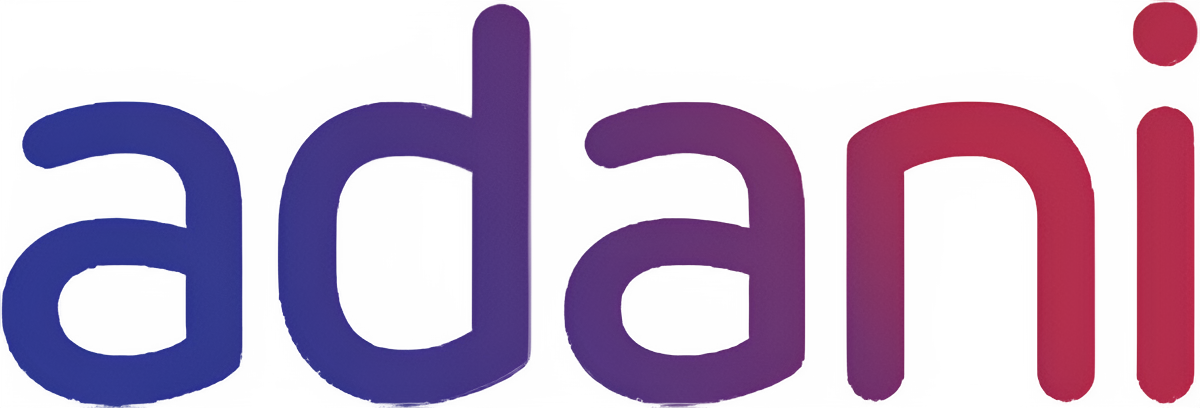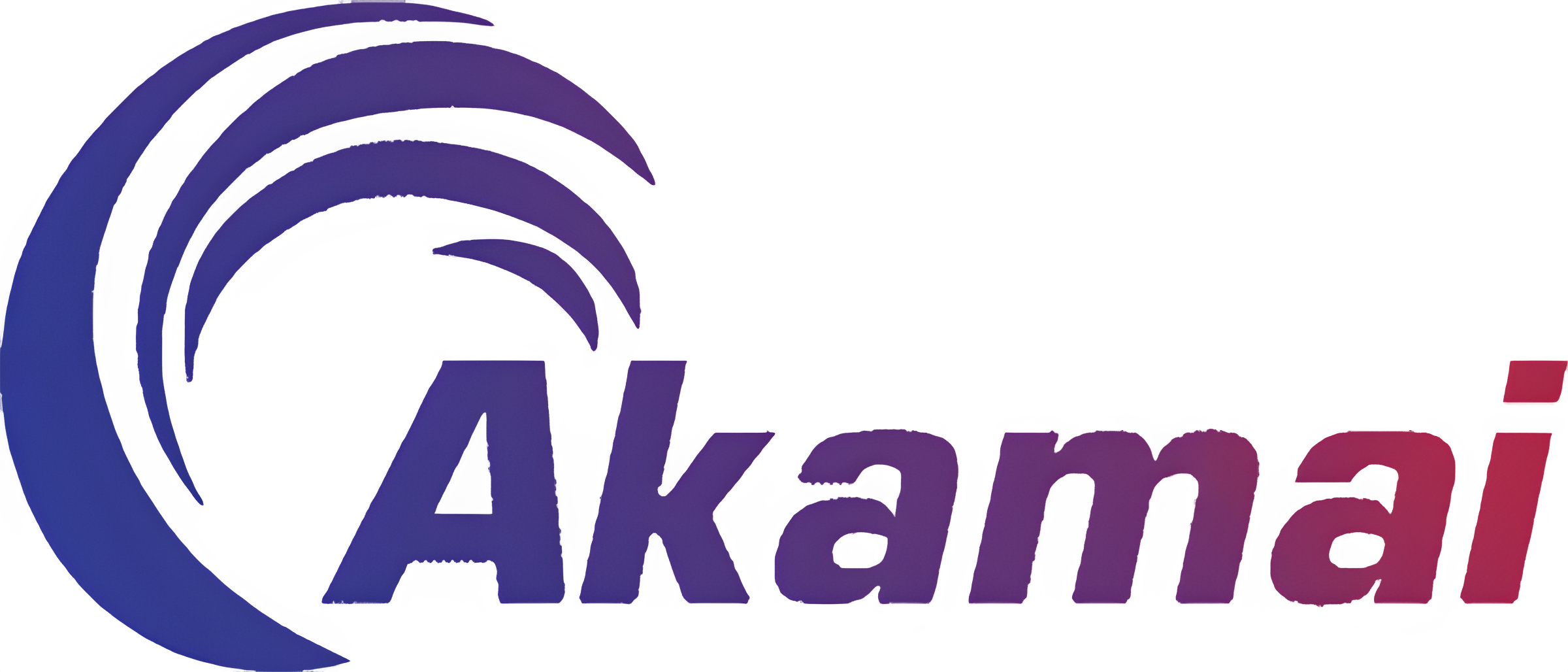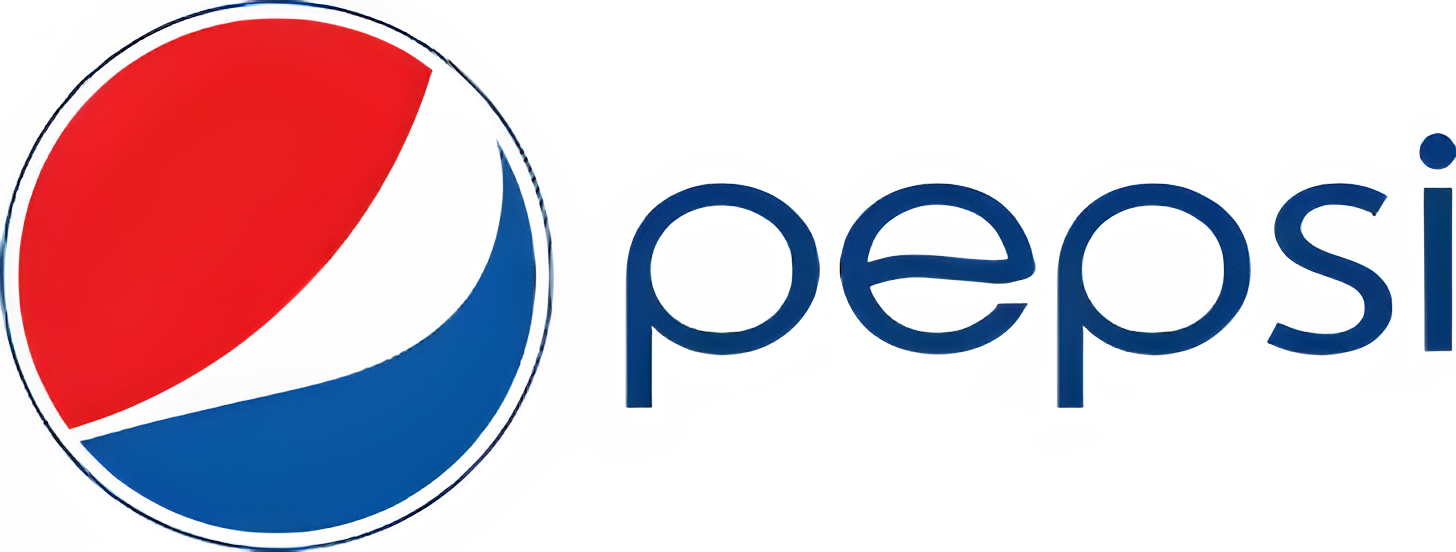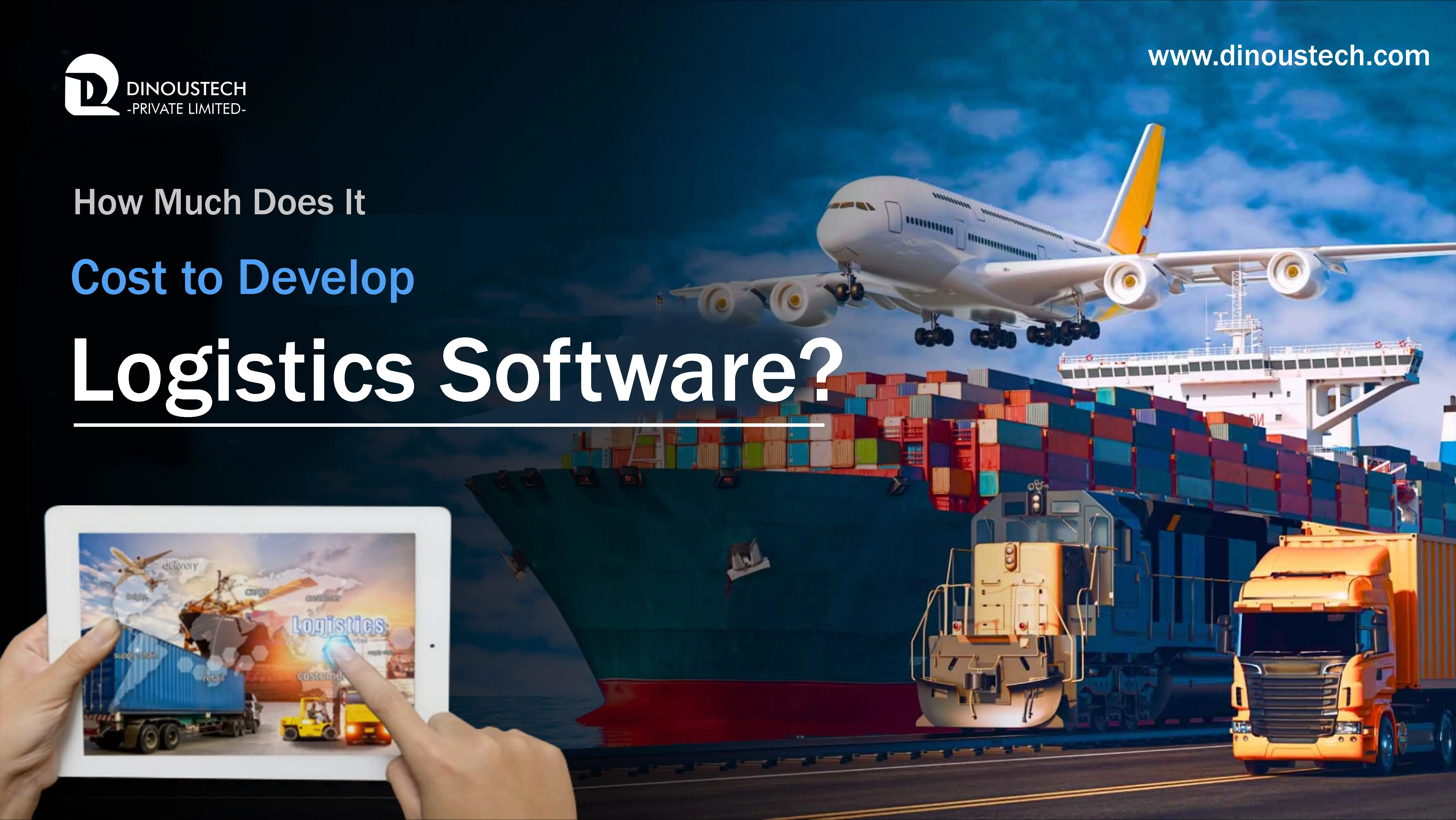How Much Does It Cost to Develop Logistics Software?
Developing logistics software is a major strategic investment that enables real-time visibility, data-driven decision-making, and operational excellence across modern supply chains. Custom platforms typically cost between USD 25,000 for a lean MVP and upwards of USD 300,000 for enterprise-grade solutions, depending on feature complexity, integrations, and the development team’s location. Beyond core shipment tracking and route optimization, advanced modules—such as warehouse automation, fleet management solutions, and transportation management system (TMS) integrations—drive additional costs but deliver significant ROI. A modular, microservices-based architecture deployed on cloud infrastructure ensures scalability and resilience as shipment volumes grow.
Partnering with an experienced logistics software development company like Dinoustech Private Limited provides domain expertise in digital supply chain solutions, end-to-end project management, and ongoing support from an affordable software maintenance company, maximizing both performance and cost-effectiveness. Throughout this guide, we explore detailed cost drivers, technology choices, essential features, and strategic considerations to help you navigate the path to building logistics software that transforms your operations.
The Strategic Imperative: Why Logistics Software Matters
In today’s fast-paced global economy, businesses cannot afford the inefficiencies of manual logistics processes. Real-time shipment tracking powered by GPS and IoT sensors brings transparency to every leg of the journey, reducing delays and lost cargo incidents by up to 35%. Automated route planning and dynamic load balancing cut fuel costs by 10–20% while ensuring drivers adhere to optimal schedules. Warehouse automation interfaces—ranging from barcode scanning to robotic pick-and-place systems—accelerate order fulfillment and minimize human error. A comprehensive transportation management system (TMS) integrates carriers, rates, and compliance checks into a unified dashboard, elevating decision-making from reactive firefighting to proactive optimization. These benefits, outlined in Why Logistics Software Essential for Modern Supply Chains, illustrate why modern enterprises view logistics software not as a luxury, but as a cornerstone of competitive advantage.
Break-Down of Development Cost Drivers
Feature Scope and Complexity
At its core, a logistics platform includes user authentication, shipment tracking, and basic reporting. Building these modules from scratch can start around USD 25,000 for minimal viable products (MVPs) in offshore markets. As companies require more sophisticated capabilities—real-time route optimization, fuel consumption analytics, multi-modal transport support, and customs documentation—the scope widens, driving costs toward USD 100,000–200,000. Integrating warehouse management and fleet management solutions adds complexity and integration overhead, contributing an additional USD 50,000–100,000 for mid-tier implementations.
Third-Party Integrations
Seamless connections with external systems are vital. Incorporating GPS and telematics APIs (Google Maps, Mapbox, or proprietary IoT platforms) incurs licensing fees and development time for custom connectors. Electronic data interchange (EDI) with carriers and customs authorities demands rigorous mapping and error-handling logic. Payment gateway integration for billing and freight payments adds another 10–20% to the budget, especially when ensuring PCI-DSS compliance for secure transactions.
Team Composition and Rates
Hourly rates vary significantly by region. North American and Western European teams command USD 100–200/hr, while Eastern European specialists range USD 40–80/hr, and South Asian firms offer USD 25–50/hr. A lean team for an MVP (one project manager, two developers, one QA engineer) may complete initial builds in 600–1,000 hours, whereas enterprise-grade solutions require 2,000–4,000 hours across multiple roles—front-end, back-end, DevOps, and UX design. Engaging an affordable software development company can reduce these rates without sacrificing quality, particularly when blended with on-shore project governance.
Technology Stack and Architecture
Robust logistics platforms favor microservices architectures, enabling each domain—tracking, route planning, billing—to scale independently. Containerization with Docker and orchestration via Kubernetes delivers zero-downtime deployments and automated scaling. Cloud providers (AWS, Azure, GCP) offer managed Kubernetes services, load balancing, and global content delivery networks (CDNs), ensuring low latency for users worldwide. Implementing event-driven systems with Apache Kafka or RabbitMQ handles high volumes of telemetry data without bottlenecks. While these choices boost agility and reliability, they require experienced engineers, adding 15–25% to initial development costs.
UI/UX Design and Mobile Experience
User experience profoundly impacts adoption. A polished web dashboard with interactive maps, analytics charts, and drag-and-drop route adjustments typically demands a dedicated UX/UI sprint, costing an additional USD 10,000–30,000. Mobile apps for drivers and managers, supporting offline data capture, barcode scanning, and push notifications, add USD 30,000–60,000 for iOS and Android using cross-platform frameworks like React Native or Flutter.
Quality Assurance and Compliance
Comprehensive QA—functional, performance, and security testing—is essential for mission-critical software. Automated test suites and third-party penetration tests guard against vulnerabilities, adding USD 10,000–20,000 to budgets. Compliance with industry standards (ISO 27001, SOC 2) requires documentation, audits, and remediation efforts, further influencing overall cost.
Also Read:- Make a Logistics App Like Porter for Hyperlocal Deliveries
Essential Features and Modules
A successful logistics solution integrates the following capabilities into a cohesive ecosystem: First, real-time shipment tracking is the cornerstone of visibility. Crowdsourced GPS and cellular triangulation feed live location data into the platform, triggering automated alerts for deviations or delays. Geofencing capabilities generate notifications when trucks cross predefined boundaries, enabling proactive customer communications.
Next, advanced route optimization constructs optimal itineraries by analyzing traffic, weather, vehicle capacities, and driver hours, often outperforming manual planning by 20–30%.
Warehouse management modules synchronize inbound and outbound operations. Inventory locations are mapped digitally, and pick-and-pack processes are guided by QR codes or RFID scans, slashing order fulfillment times. Transportation management capabilities orchestrate carrier selection, load consolidation, and freight auditing, minimizing rate discrepancies and improving margins. A unified billing system consolidates invoices, automates chargebacks, and integrates with ERP platforms.
Analytics dashboards provide strategic insights—fleet utilization, driver performance, route profitability, and carbon emission metrics—enabling data-driven improvements across the enterprise. Mobile driver applications support offline operations, proof-of-delivery (POD) capture with digital signatures, and two-way messaging for exceptions management.
Calculating ROI and Business Impact
Though initial investments can be substantial, the ROI of logistics software is clear. Companies utilizing TMS and automated warehouse systems report up to 30% improvements in on-time performance and 15% reductions in operating costs within the first year. Enhanced customer satisfaction from reliable delivery schedules drives repeat business, while data analytics uncover process inefficiencies that can be corrected swiftly. Fuel savings, lower demurrage fees, and optimized asset utilization compound over time, offsetting development and maintenance expenses.
Ongoing Support and Maintenance
A project’s success hinges not only on initial delivery but on sustained support. Engaging an affordable software maintenance company secures ongoing patching, OS upgrades, third-party library updates, and minor feature enhancements. Maintenance typically runs 15–20% of the original development budget annually, ensuring compliance with evolving security standards and user requirements. Service-level agreements guarantee uptime and priority fixes during critical shipping windows.
Must Read:- Top Benefits of Investing in Logistics Software Development
Selecting Your Logistics Software Development Company
Choosing a partner with deep logistics domain expertise and proven delivery models is crucial. Dinoustech Private Limited offers end-to-end services, combining supply chain consultancy, UX-driven design, robust engineering teams, and dedicated DevOps support. Their track record spans from lean MVP builds to enterprise scaling, providing clients with tailored, cost-optimized solutions that integrate seamlessly with existing systems. As a leading logistics software development company, Dinoustech bridges business objectives with technical excellence.
Conclusion
Custom logistics software transforms static supply chains into agile, data-driven networks capable of meeting customer demands and adapting to market disruptions. While costs range from USD 25,000 for basic MVPs to well over USD 300,000 for comprehensive enterprise platforms, the efficiency gains, cost savings, and service improvements yield compelling ROI. By embracing modern architectures, integrating critical modules—including real-time tracking, route optimization, warehouse automation, and analytics—and partnering with a specialist Logistics Software Development Company such as Dinoustech Private Limited, organizations can future-proof their logistics operations, reduce waste, and enhance competitiveness in an increasingly complex global marketplace.

















